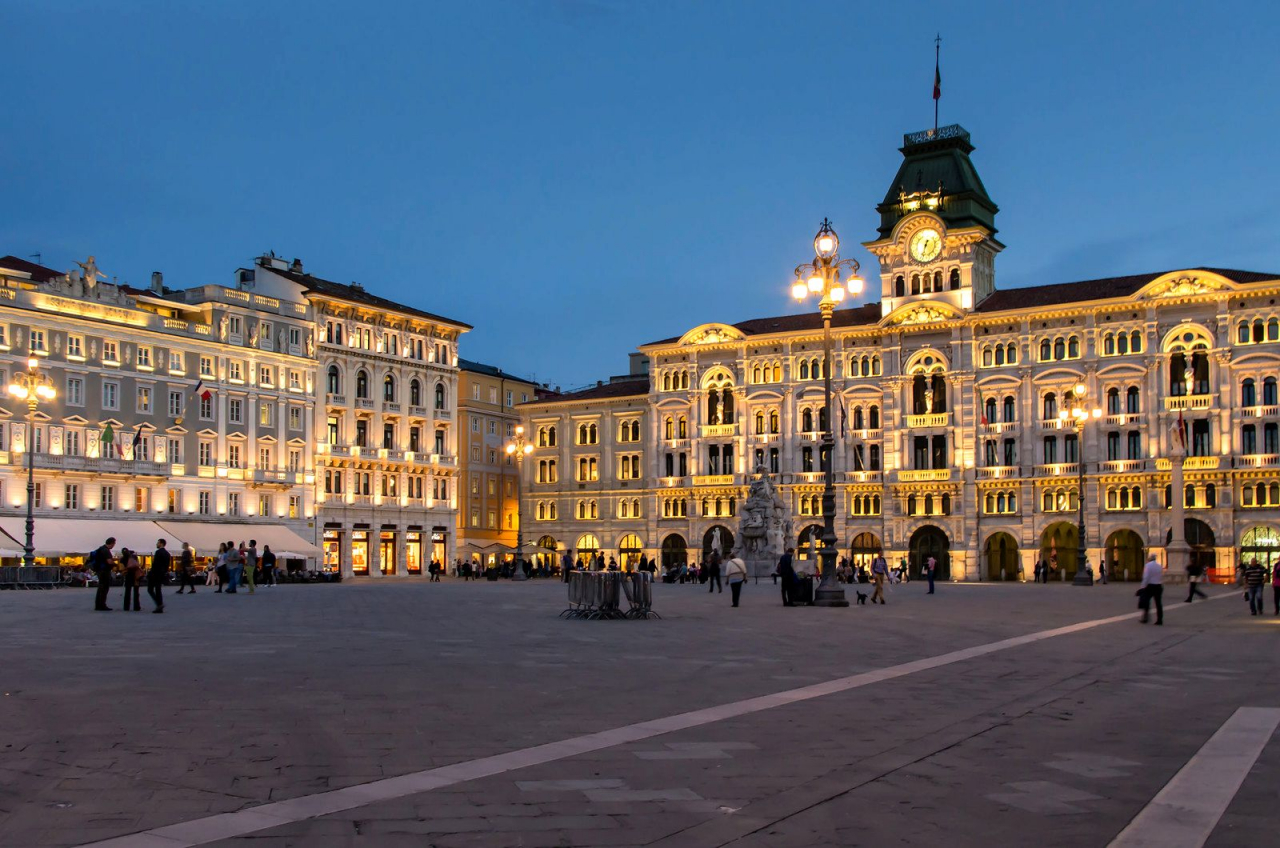Meeting PRIN "String Theory as a bridge between Gauge Theories and Quantum Gravity"
→
Europe/Rome
Room 005 (SISSA)
Room 005
SISSA
SISSA building
Via Bonomea 265
,
Description

SISSA-IGAP will host the fifth workshop of the PRIN project "String Theory as a bridge between Gauge Theories and Quantum Gravity" to which members of the theoretical physics groups of SISSA, Rome Tor vergata, Turin, UPO and Rome La Sapienza are associated.
The workshop will start at 2:00pm on Thursday February 22 and end at 12:30am on Friday February 23. There will be 2-3 review talks by external senior speakers and 2 gong show sessions by the students belonging to the collaboration.
The social dinner will take place on Thursday evening at Antica Trattoria Menarosti.
Local organizers:
Matteo Bertolini, Giulio Bonelli, Fabiana De Cesare, Eduardo Garcia Valdecasas, Alessandro Tanzini
Participants
